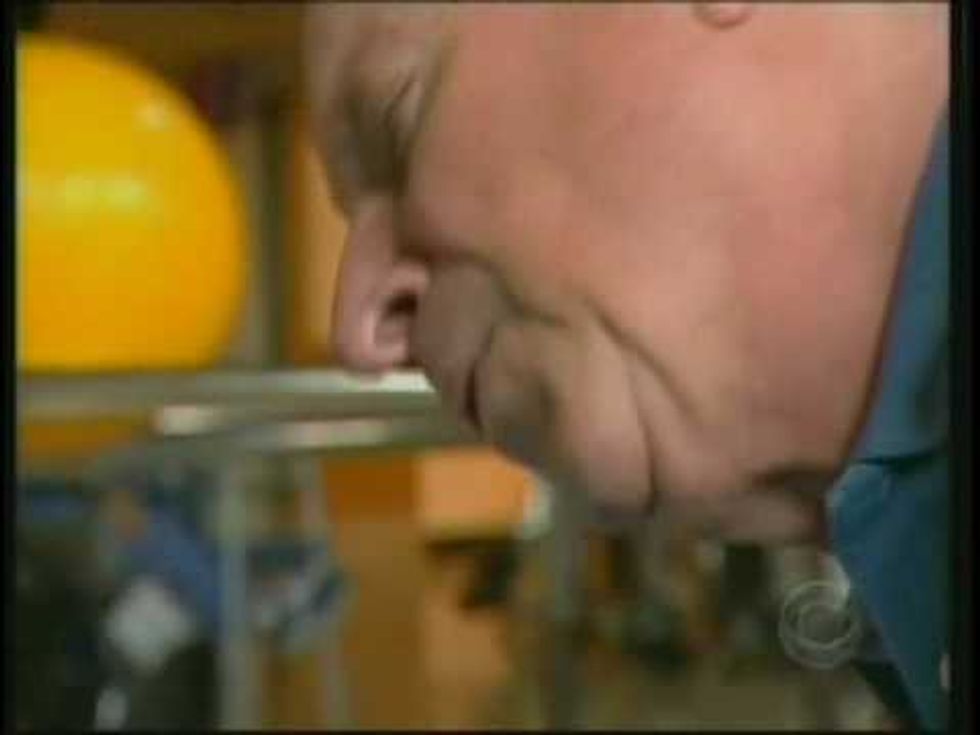better living through design
Debilitating illness spurs Michael Graves to design hospital furniture that'sstylish & functional
It was a chilly February day in 2003 when Michael Graves watched his celebrated career take a drastic turn as a mysterious infection left the legendary architect and designer paralyzed from the waist down.
Spending the next year in and out of hospitals and rehabilitation centers, Graves found himself confronting one of the greatest growing architectural challenges of the 21st century — healthcare design. Bound to a wheelchair for almost a full decade, the issues with accessibility have come to offer an endless supply of frustration and inspiration.
During a recent talk at Memorial Hermann's Institute for Rehabilitation and Research (TIRR), the architect told the audience of roughly 100 medical professionals about an epiphany he had at a particularly low point in his recovery.
"I had really good care and really atrocious rooms," Graves laughed. "I thought to myself, 'I can't die here. It's too ugly.'"
Staring at the yellow walls, the cold linoleum floors and the hand-me-down blankets, his inner designer couldn't stay quiet any longer. "I had really good care and really atrocious rooms," he laughed. "I thought to myself, 'I can't die here. It's too ugly.'"
As the painful process of rehabilitation continued, he explained that the grim aesthetics were only the beginning.
At one particular clinic — the well-regarded Kessler Institute for Rehabilitation that served the late Christopher Reeve after his 1995 accident — Graves was told by doctors he could return home once he mastered basics like dressing and washing himself.
"One day I was feeling particularly empowered and decided it was time to get going," he remembered. "I put on my clothes, got into my wheel chair and rolled over to the bathroom. The first thing I noticed was the mirror. It was clearly set up for somebody who was standing. Then, I couldn't reach the cold water to brush my teeth or the hot water to shave. The plug for my electric razor was on the floor, completely out of reach."
Graves said the lack of design consideration in the bathroom came as little surprise after spending several months eating from dirty particle board food trays and straining to reach for his cell phone from the not-so-nearby nightstand.
The final frontier
With both his design firm and architectural practice pulling in record profits during the mid-2000s, including his ongoing work for Target, Graves decided to turn his attention to the far less lucrative realm of healthcare.
"After staying in eight hospitals and four rehab centers," he said, "I thought that as a designer, architect and patient, I might be able to do this work well . . . especially given that most of the other healthcare experts appeared not to be any one of these three things."
"After staying in eight hospitals and four rehab centers," he said, "I thought that as a designer, architect and patient, I might be able to do this work well."
Dedicating a portion of his Princeton, N.J. offices to healthcare, Graves and his team began designing for Drive Medical, creating items like an easy-to-use shower seat and a handbag with a retractable walking cane.
For its current partnership with the Michigan-based medical manufacturer Stryker, the design group has crafted a suite of furniture for what the architect calls "the last frontier in healthcare design" — the patient room.
After his talk, Graves led a show-and-tell session to discuss the new line. Citing hospital-borne disease as the number one killer in today's health system, he and his team sought to rethink hospital standards like endtables and trays to eliminate dirty-collecting crevices and surfaces. The group tailor-made a chair for arthritic patients and devised tall rolling bedstands with drawers that open in two directions.
Representatives from the Michael Graves Design Group also noted that more Stryker products were on way, including a revolutionary redesign for the humble non-motorized wheelchair.


 The building at 4911 will be torn down for the new greenspace. Holland Lodge No. 1, A.F. & A.M./Facebook
The building at 4911 will be torn down for the new greenspace. Holland Lodge No. 1, A.F. & A.M./Facebook